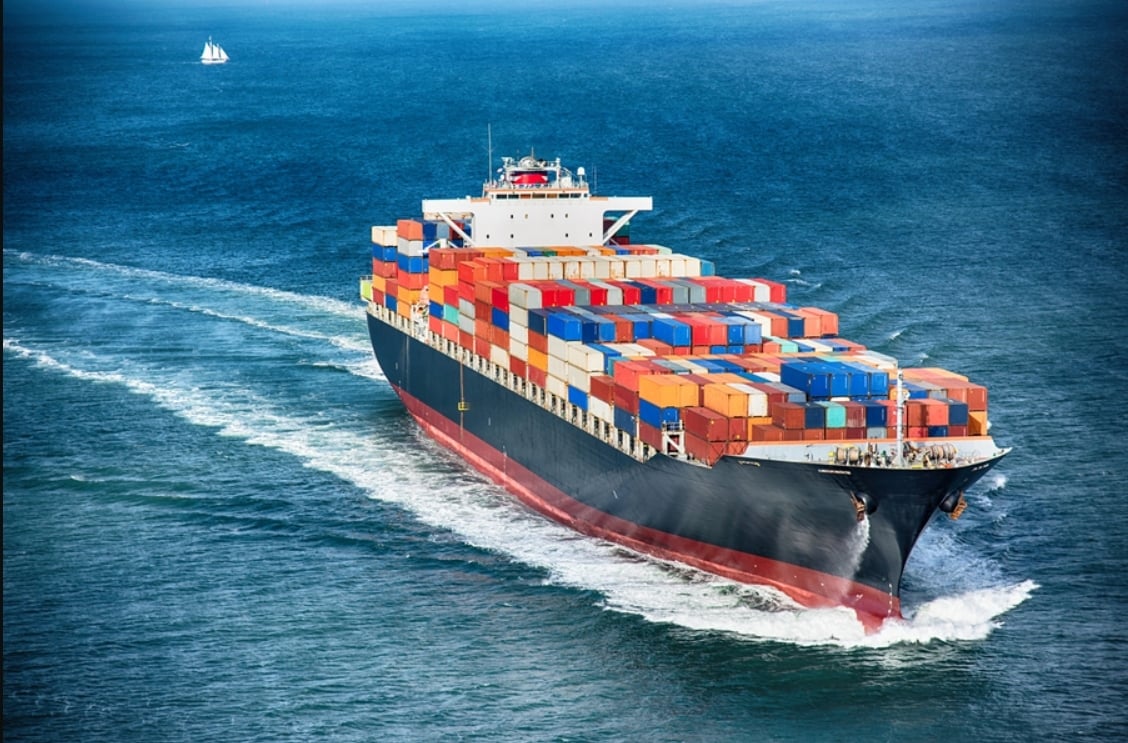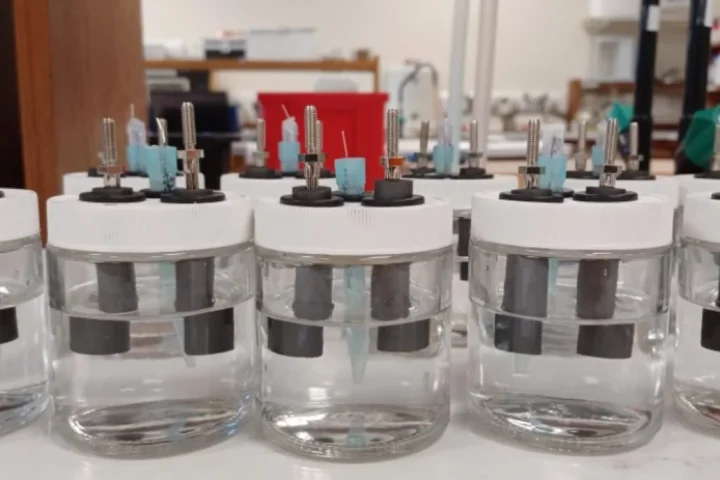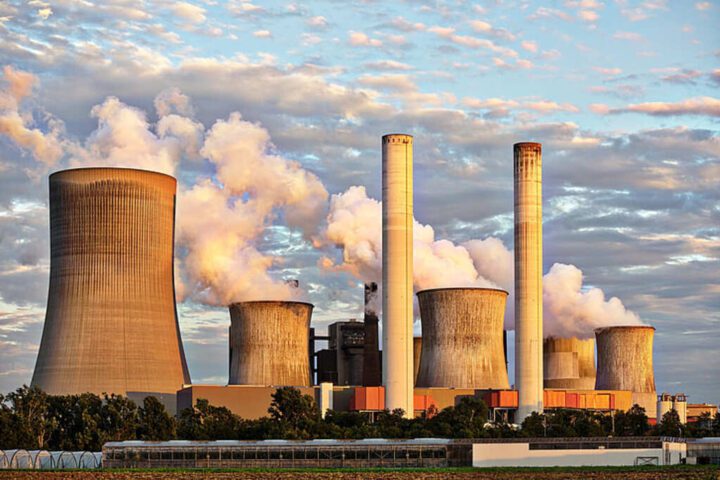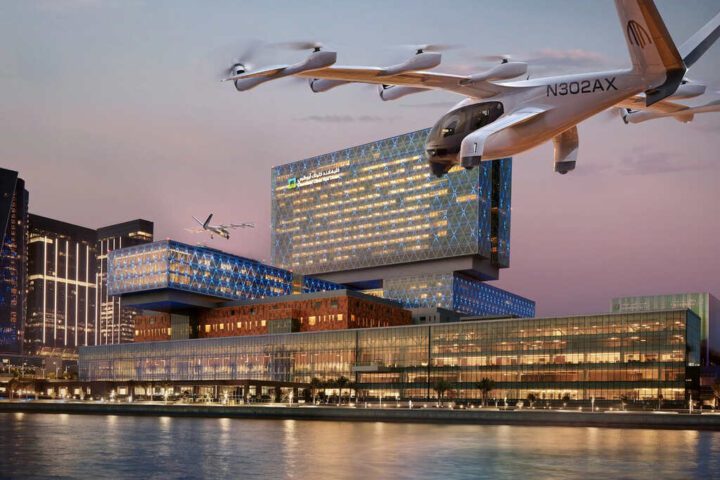A recent study from MIT found that proposing ammonia as an alternative for maritime fuel could further degrade the air quality and can have serious impacts on public health. The study revealed that switching to ammonia could cause up to 600,000 or more premature deaths annually with current laws and regulations. Around 66,000 premature deaths can be avoided just by implementing stricter laws and using shipping engines with environment friendly technologies.
Conventionally, ammonia is produced by separating hydrogen from natural gas and then combining it with nitrogen at extremely high temperatures. This process can contribute to a massive carbon footprint. The maritime shipping industry is looking forward to the production of “green ammonia” by making hydrogen through electrolysis, which is an environmentally friendly process. However, this too could emit harmful gases like nitrous oxide ( N2O), nitrogen oxides (NOx), and unburnt ammonia, which can combine with other gases in the air, forming fine particulate matter, a primary contributor to air pollution and estimated to kill 4 million people each year.
In this study, researchers experimented by using two types of ship engine technologies. The first engine used pure ammonia, producing higher levels of unburnt ammonia residues and fewer nitrogen oxides. While the second engine involved mixing ammonia with hydrogen, optimising the performance of the catalytic converter, ensuring effective combustion, and controlling the emission levels of nitrogen oxide and unburnt ammonia.
Similar Posts
Using various scenarios and ship tracking models, researchers concluded that, with no new regulations, ship engines that burn pure ammonia could cause 681,000 additional premature deaths each year and drive various global public health crises.
However, researchers also pointed out that even without regulations, a cleaner engine technology can decrease premature deaths from 80,000, the current number, down to 20,000. It could be reduced by about 66,000 with implementation of stricter global regulations and cleaner engine technology. “While a scenario with no new regulations is not very realistic, it serves as a good warning of how dangerous ammonia emissions could be. And unlike NOx, ammonia emissions from shipping are currently unregulated,” says Anthony Wong, a postdoc in the MIT Centre for Global Change Science and the lead author of the study.
Apparently, the impact of ammonia on air quality is uneven all across the world, which demands more coordinated actions globally. East Asia is likely to suffer the most from early deaths since air quality regulations laws are less strict in the region. Moreover, it hosts the greatest shipping traffic on earth. Furthermore, high levels of existing air pollution caused by ammonia emissions can contribute to the formation of finer particulate matter.
“Not all climate solutions are created equal. There is almost always some price to pay. We have to take a more holistic approach and consider all the costs and benefits of different climate solutions, rather than just their potential to decarbonise,” says Wong. “In theory, if you are burning green ammonia in a ship engine, the carbon emissions are almost zero,” he added. Noelle Selin, an MIT professor in the Institute for Data, Systems, and Society and the Department of Earth, Atmospheric, and Planetary Sciences (EAPS), said that, “The results of this study show the importance of developing policies alongside new technologies. There is a potential for ammonia in shipping to be beneficial for both climate and air quality, but that requires that regulations be designed to address the entire range of potential impacts, including both climate and air quality.”
With this, researchers are looking forward to analysing more shipping engine data from the marine industry to better understand the impact on air quality and climate and inform the policymakers about the importance and urgency of updating shipping emission regulations.


















